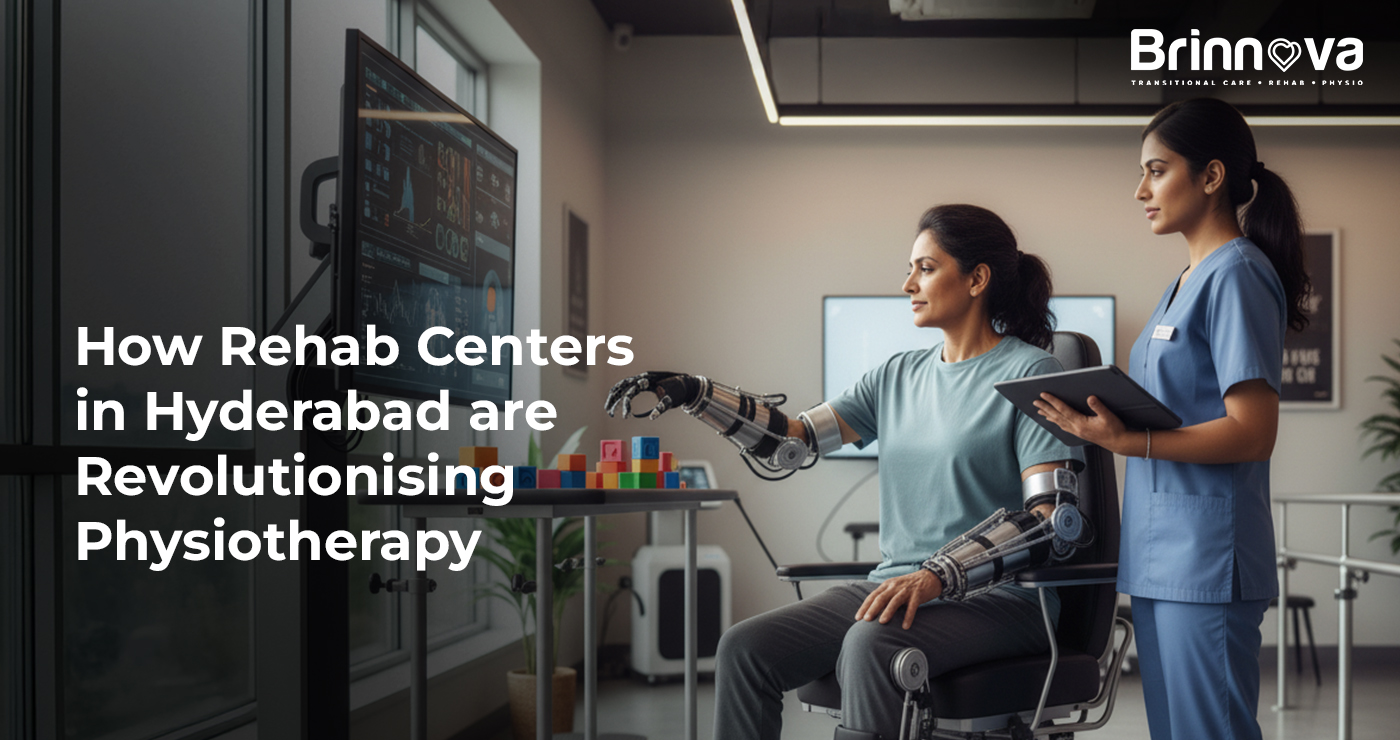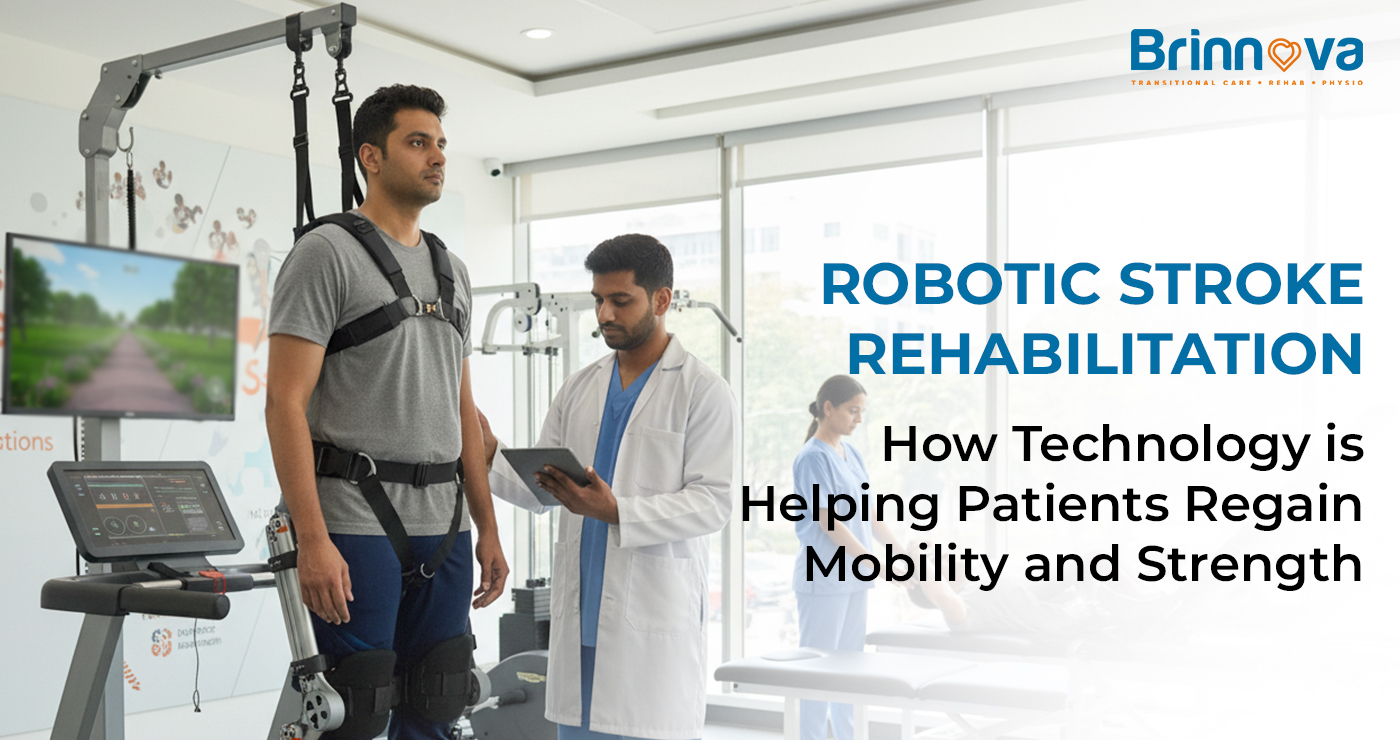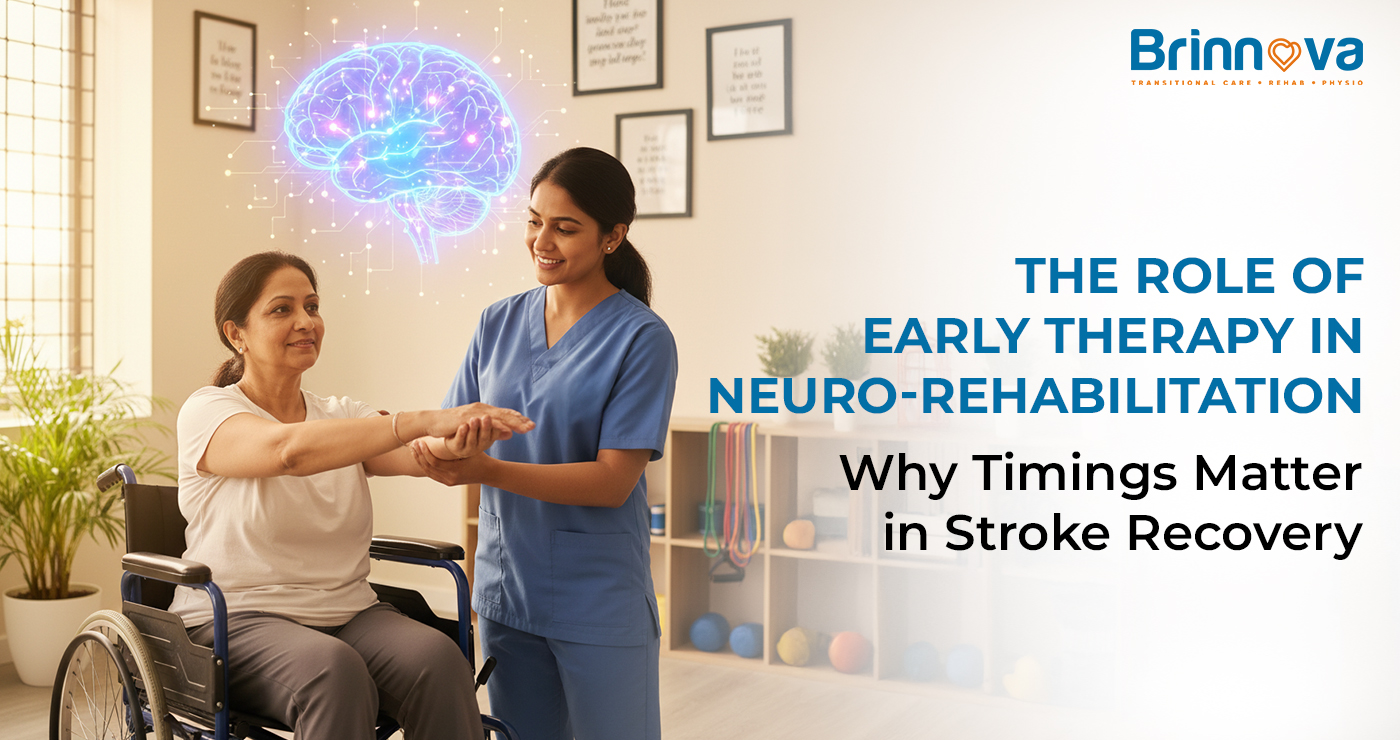The Role of Physiotherapy in Improving Quality of Life for Cancer Survivors
Going through the cancer treatment process is a huge task. Nevertheless, the road to recovery does not necessarily stop as soon as the treatment is over in the case of many survivors. The persistence of the physical and emotional side effects may drastically affect the quality of life of a person. Oncology rehabilitation can help these individuals by providing a structured, specially focused programme wherein they can be helped to regain strength, cope with symptoms, and be returned to living normally. It is an important, but much under-emphasised, part of the cancer care model, which also grants survivors a chance to survive as well as prosper outside their diagnosis. Here, we will address the indispensability of oncology rehabilitation to help empower cancer survivors.
What Is Oncology Rehabilitation?
Oncology rehabilitation is one of the fields of healthcare that assists those who are diagnosed with cancer in overcoming the side effects of their health condition and their treatment. It is not a universal map but a customised patient-centred programme, which aims at a broad scope of physical, cognitive, and emotional problems. This may involve pain and fatigue regulation, enhancing mobility and strength, and resolution of such problems as balance and neuropathy. The purpose is easy: to enable the person to perform to the maximum of possibilities and strengthen his/her overall condition. This is unlike general physiotherapy because it is customised to the needs of a cancer survivor.
How Does Rehabilitation Help with Recovery?
Although specific cancer treatments have saved lives, they have long-term side effects that might affect an individual's ability to undertake their daily chores. These can include:
- Cancer-Related Fatigue: A constant sensation of exhaustion that cannot be eliminated by rest.
- Chemotherapy-Induced Peripheral Neuropathy: Numbness, tingling, or pain in the feet and hands developed during chemotherapy.
- Lymphedema: Pitting of the limbs or other body parts due to an accumulation of fluid.
- Decreased Strength and Endurance: Weakness on the whole, in that it renders even simple tasks hard.
The oncology rehabilitation programme has an excellent approach of directly treating these symptoms with the help of well-planned exercises, manual therapy, and patient education. According to these statistics, a large number of survivors attending a rehabilitation programme feel that these symptoms have reduced.
What are the Different Phases for Oncology Rehabilitation?
The recovery process is not linear, and the support required also varies with time. An extensive programme accompanies the patient through the various phases of the oncology rehabilitation process to ensure close follow-up.
- Phase 1: Pre-treatment: To know the current physical condition of the patient, the focus is placed on the baseline assessment in this stage.
- Phase 2: In Treatment: Management in this period is done by looking at symptom management, energy and functional stability.
- Phase 3: Post-treatment: This is an important recovery duration that aims to restore the strength, endurance, and mobility that were affected by the treatment.
- Phase 4: Long-term Survivorship: This is done to adhere to a healthy way of living and control the side effects in the long term. Learning about these stages to apply to oncology rehabilitation can be the ticket to a successful recovery process.
How Do You Find a Quality Cancer Rehabilitation Center?
In searching for a programme, it is necessary to identify the appropriate cancer rehabilitation center. One should identify a facility with specialisation in oncology. The employees need to receive a high level of training on the special needs of cancer survivors. Some of the things to note are:
- Specialised Expertise: Physiotherapists and other experts trained to specialise in the field of oncology should undertake the roles in the centre.
- Personalised Care Plans: The programme must be tailored to your diagnosis, treatment and symptoms.
- Multidisciplinary Team: The most appropriate centres will be those with a group of workers collaborating. Using a specialised cancer rehabilitation facility guarantees that you obtain the most efficient and secure care you can get.
What is the Role of a Multidisciplinary Team?
Good oncological rehabilitation is not a solitary affair. The work of various professionals is joined in order to meet in their totality the needs of a patient. This team may incorporate a physiotherapist, occupational therapist, speech-language pathologist, nutritionist and a psychologist. Bringing to the table different expertise is each professional:
- Physiotherapists: Focus on mobility, strength, and pain management.
- Occupational Therapists: Assist in day-to-day living and getting used to newer mechanisms of functioning.
- Psychologists: Offer emotional and mental help when a diagnosis of cancer is made. This combined method makes everything in the recovery of a patient be considered holistically.
What Is a Dedicated Cancer Rehabilitation Center?
A specialised cancer rehab centre is a treatment centre that helps exclusively support cancer survivors in recovery from treatment. In contrast to a regular physiotherapy clinic, everything, including equipment and the knowledge of the staff, is manufactured to meet the needs of this target population of patients. The therapists are well-informed on the peculiar side effects of various types of cancers and the treatments that enable them to provide more effective rehabilitation support. Specialised knowledge that is available in a designated cancer rehabilitation center can be a saving grace to many cancer survivors and improve their quality of life.
What Are the Psychological Benefits of Rehabilitation?
The mental impact of cancer may be as great as the physical one and can be easily seen. Anxiety, depression, and loss of identity are normal. One of the advantages of oncology rehabilitation is that it has a favourable effect on mental health. Working out elevates endorphins that may improve mood and stress control. The organised programme gives a sense of control and a sense of purpose, but individuals need to re-establish their levels of confidence and feel empowered to get through their healing journey. A large percentage of patients have also stated that the physical therapy has assisted them in controlling their mental status, too.
How to Begin Your Rehabilitation Journey
The rehabilitation process is an act of proactivity in the recovery of post-cancer life. It is usually best to begin during treatment, or even before treatment. Having obtained a baseline assessment, it is possible to design a programme that aims to assist you in sustaining most of its functionality. Thereafter, when one is ready to move to post-treatment, a more intensive programme is focused on building strength and endurance. This knowledge of the various stages towards oncology rehabilitation will enable you to make yourself an active participant in your recovery. To start with, your healthcare team can refer you to experts and an established cancer rehabilitation center.
Brinnova Care: Finding the Right Support
Through oncology rehabilitation, the road to complete recovery following cancer is a long process, and oncology rehabilitation forms one significant aspect of the road. It is a professional area of care aimed at assisting you in coping with the physical and emotional side effects of treatment in order to ascertain your strength and independence once again. Through the knowledge of various phases for oncology rehabilitation and why a specialised cancer rehabilitation center is essential, you can manage your health. We believe that at Brinnova Care, we will not only offer you the best expert care as a means of ensuring your survival, but that you will flourish to live a full life after cancer.
Disclaimer: This article is for informational purposes only and does not constitute medical advice. Always consult with a qualified healthcare professional or oncologist before making any decisions regarding your health or treatment plan.




